
Grill and torch kit
The texturizer kit includes a hand grill and a gas burner to enable experimental home cooks to try this delicacy.
Feedback from and testing with real people was central throughout the project. It was important to make sure that the kit provided an engaging and satisfying experience.

The texturizer kit includes a hand grill and a gas burner to enable experimental home cooks to try this delicacy.
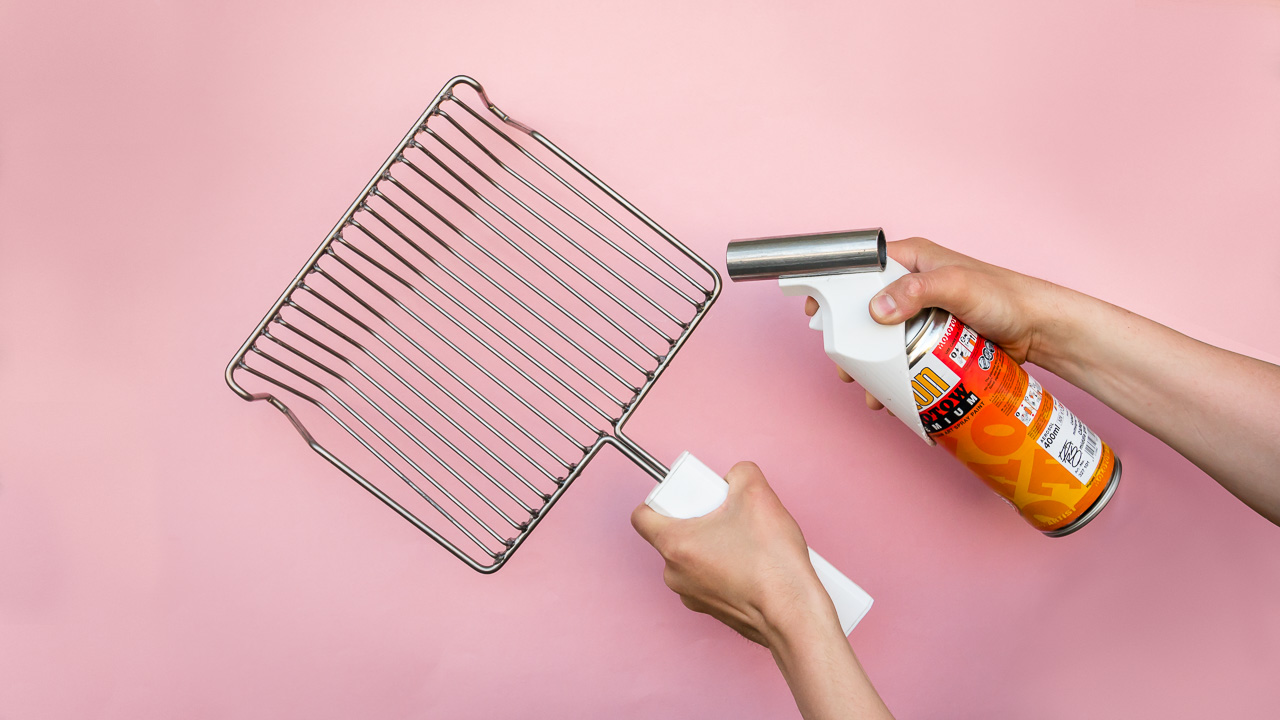
Inspired by traditional chicken sashimi cooking techniques, the goal is to sear the outside of the chicken fillet, while keeping the inside raw.

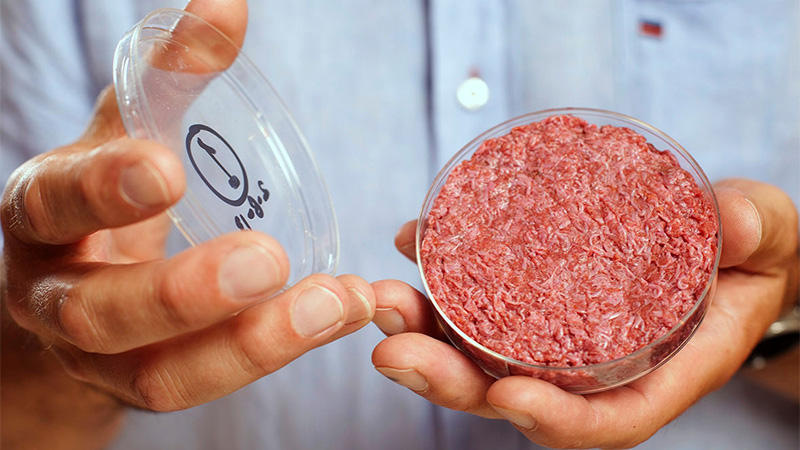
In vitro meat, or synthetic meat, is meat grown in a sterile environment from real muscle cells. While it does not come from a living animal, it is still physically the same as traditional meat.
Image source: David Parry / Reuters

In vitro meat has been possible for several years, and is steady making it’s way to market. The current challenge is reducing production cost and making it financially viable.
Image source: Memphis Meats
So why is synthetic meat relevant to brief? As this was not intuitively relevant for the Nofima researchers, I had to untangle the aligning interests and benefits of the research project, the given user group and in vitro meat.

My grandfather loves telling us about how, during his childhood, corn was never seen a food for humans. It was simply chicken feed. This exemplifies how what the public considers acceptable food is constantly evolving.
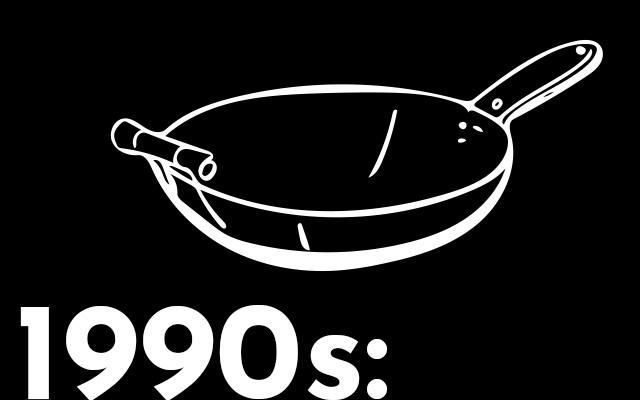
According to Nofima researchers, the wok pan was central in introducing the chicken fillet to the norwegian household. After first being used primarily in wok dishes, this food item later made it way into other household dishes.

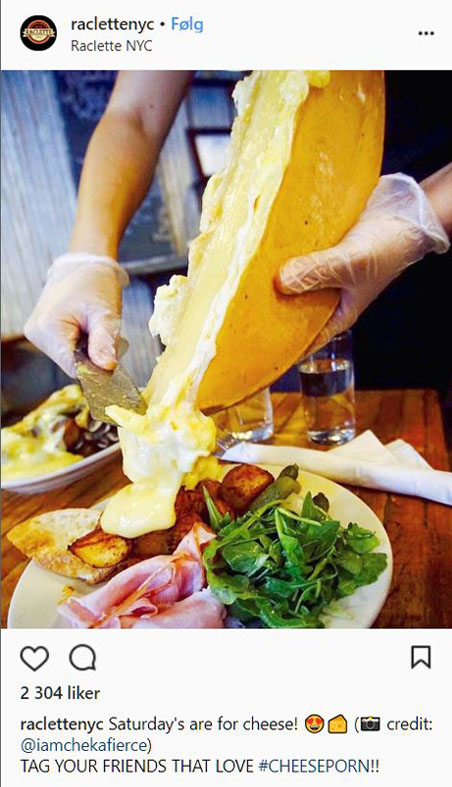

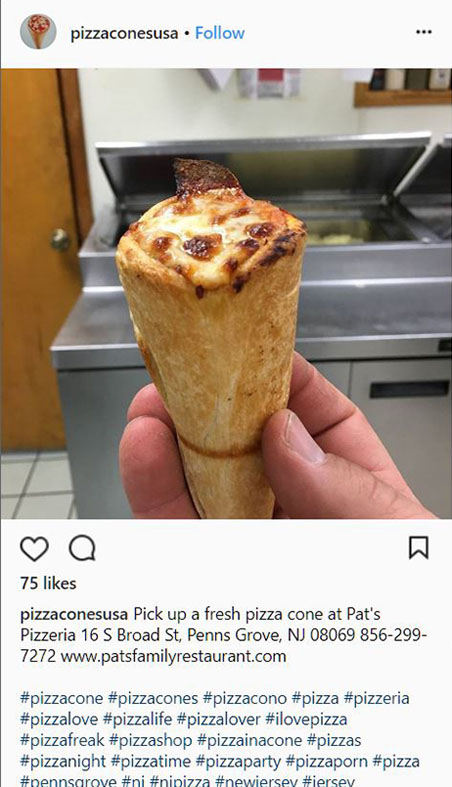
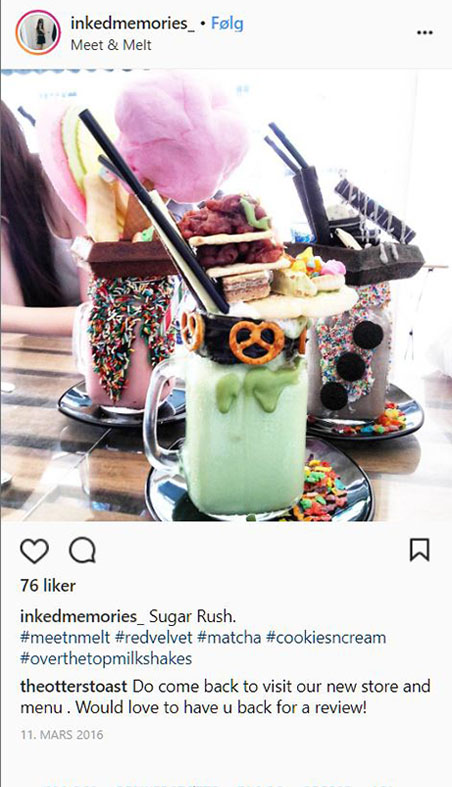
Many of today's food trends like the sushi roll and cronut are created and spread through social media.
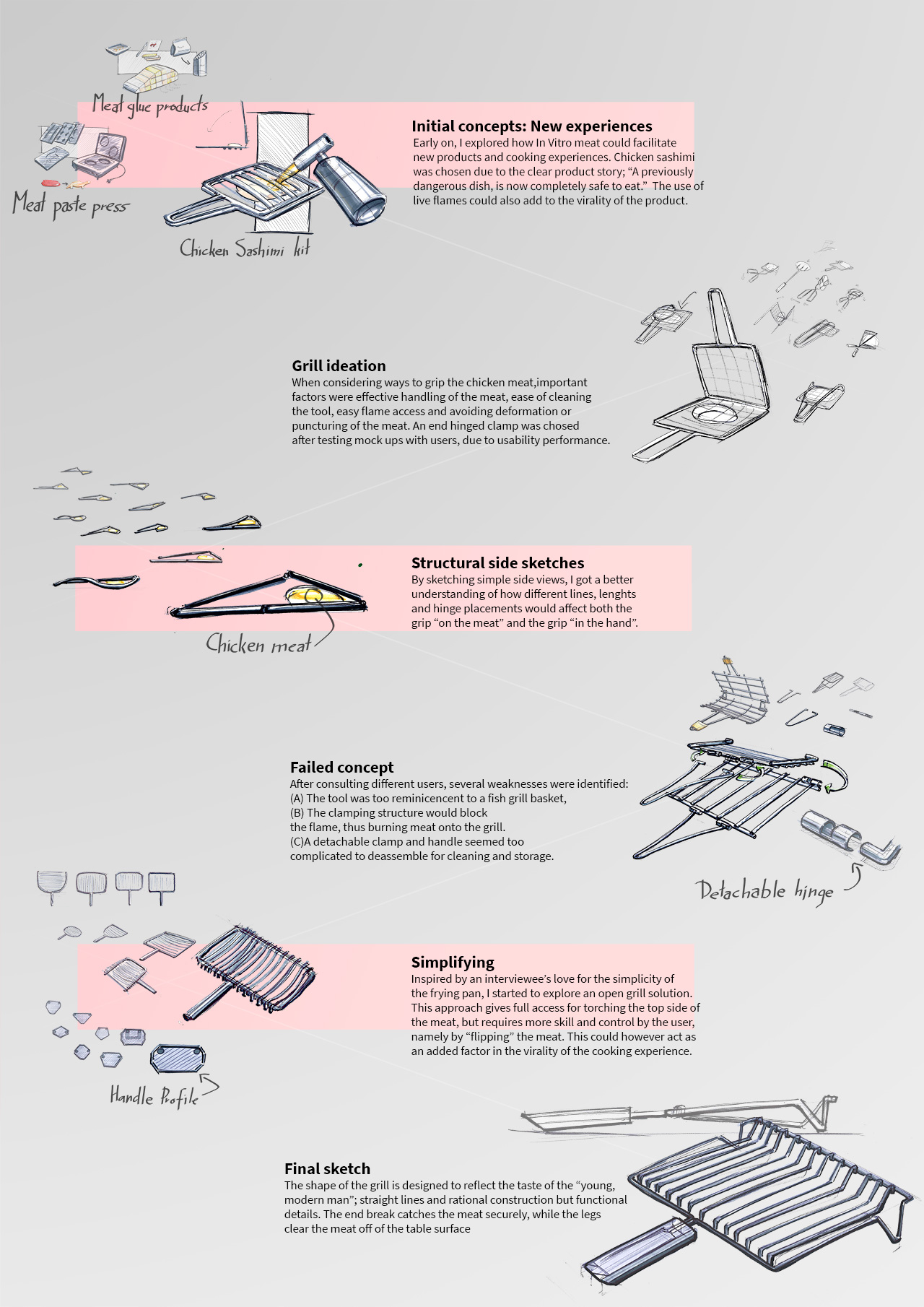
While my sketches show the main design decisions of the hand grill, insight from user testing and feedback fed into the sketches throughout the process.
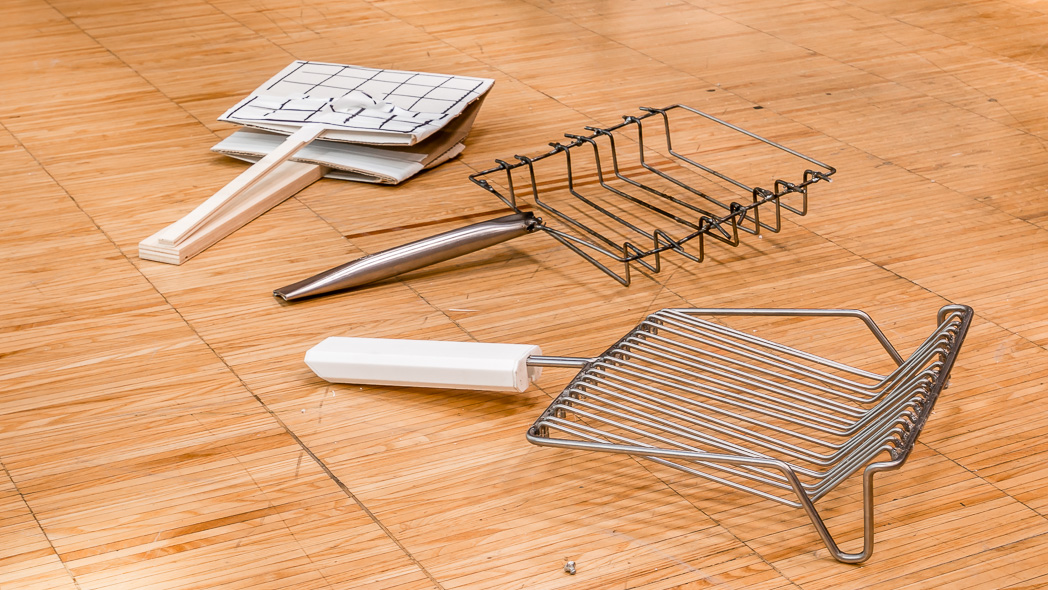
Model making was a central tool for the design process. Scale, functional and look like models were all used by the target group and given feedback on.

Front legs provide clearance between the meat and the surface underneatch.

The front legs also act as guard rails for the catcher.

Weld points are positioned away from the meat to avoid contact
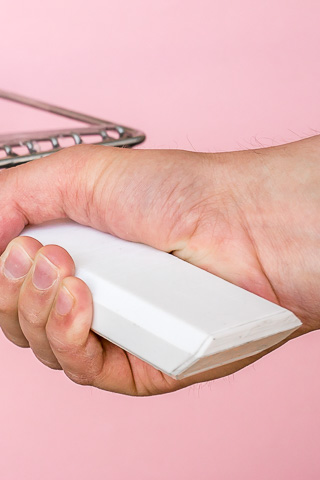
Venting placed at the back prohibits aerosols from the cooking process to enter at the front.
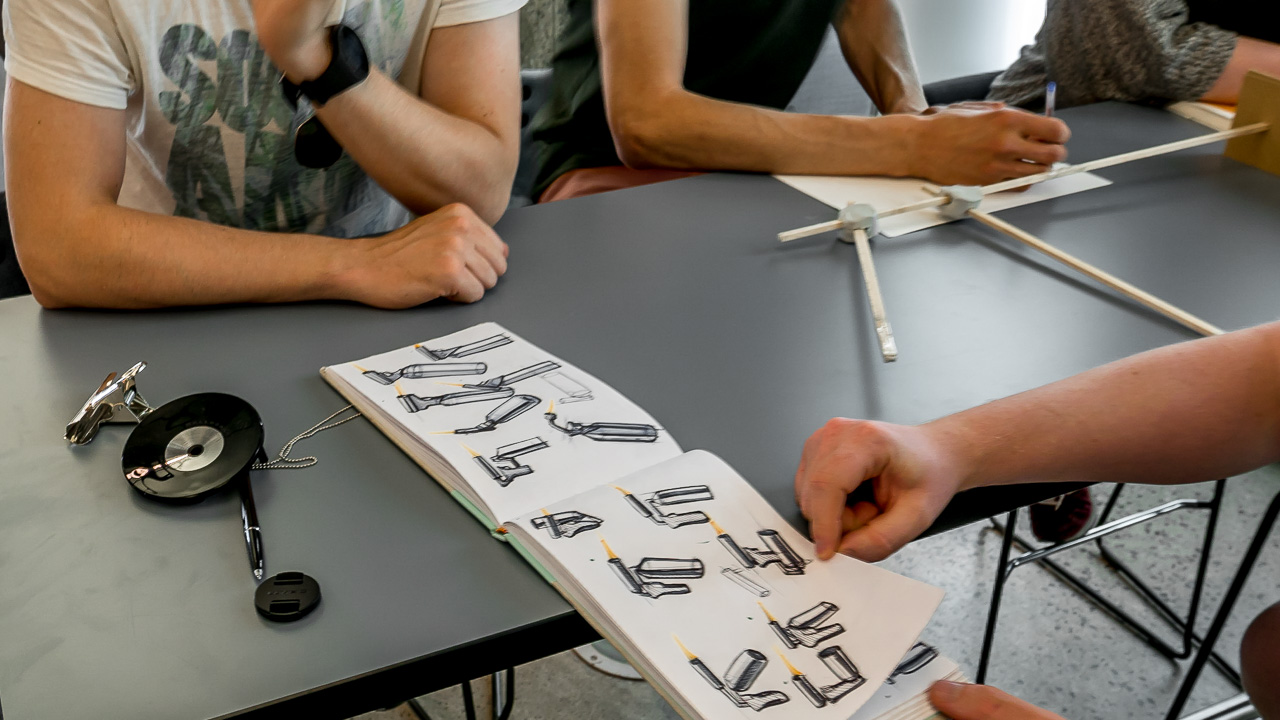
As the project in relation to the scope was quite short, I focused my efforts into the design process of the grill. After some quick ideation sketches, feedback from the user group determined the final form of the burner. While the young males were interested in alternative form factors, they ultimately preferred something known and “reliable”.

A big concern among the surveyed men was the price of refilling gas. To alleviate this, the burner itself is designed as a mouth piece and trigger to be snapped onto 400ml gas canister. These universal containers are incredibly cheap, and opens the possibility for the user to choose between a premium in-brand gas or a generic cheaper one.
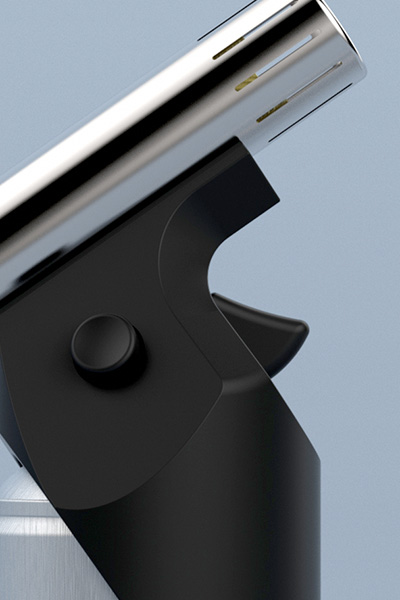

The curves are all based on perfect circles.
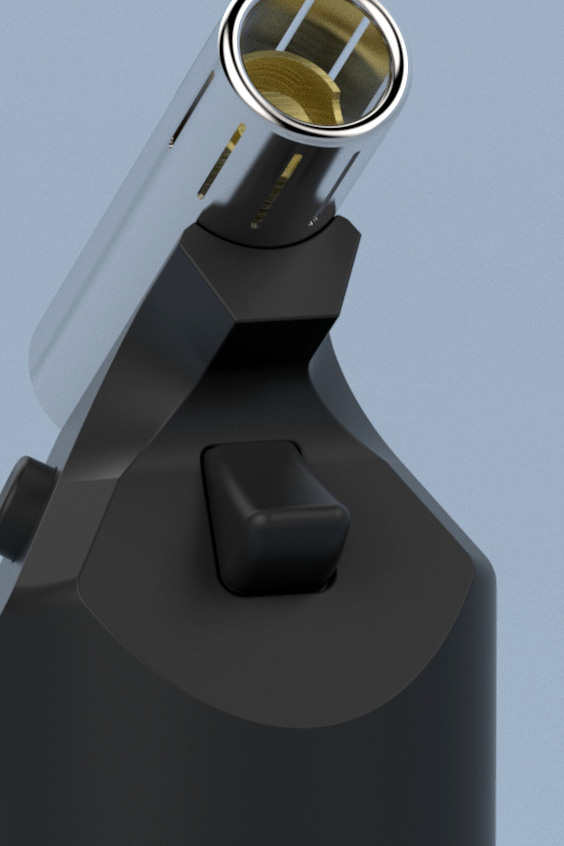

Chamfers run along the grip to better fit a grasping hand, while also providing grippable edges.
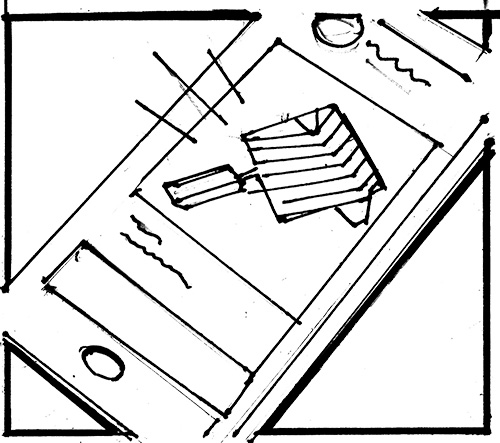
John discovers the kit through social media.
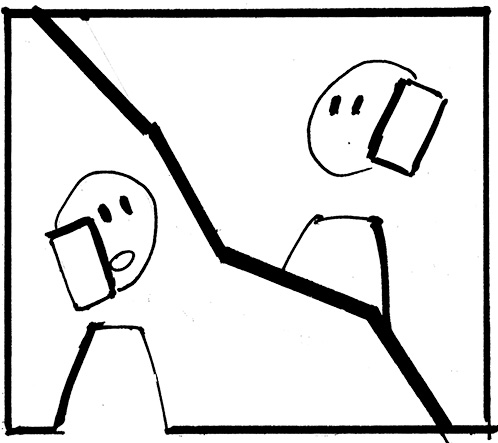
After buying the kit, he invites his friends for a dinner party.

After buying the kit, he invites his friends for a dinner party.
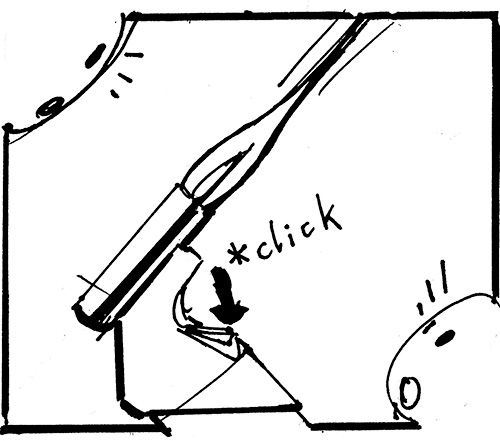
The flame ignites. John’s audience is waiting in suspense.
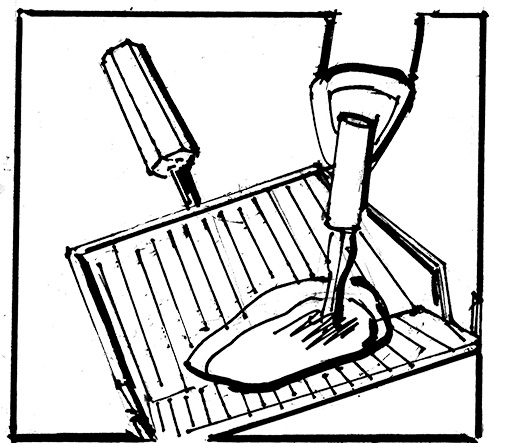
The chicken meat sears quickly while the burner soars wildly.
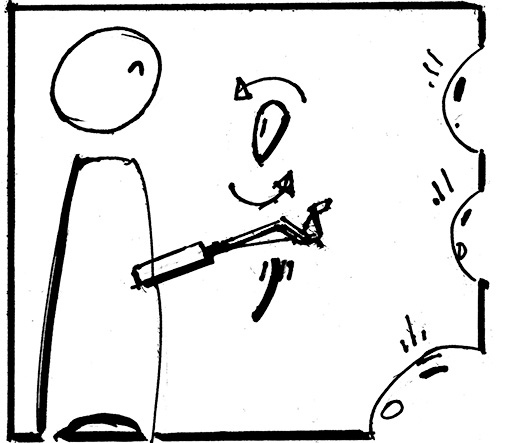
Halfway through, John flips the fillet, showing his skill & dexterity.

The second side is John’s victory lap: he is in full control.
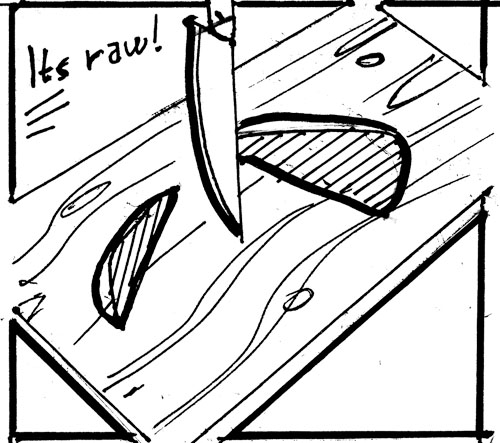
While plating, the guests see that the meat is still raw inside.
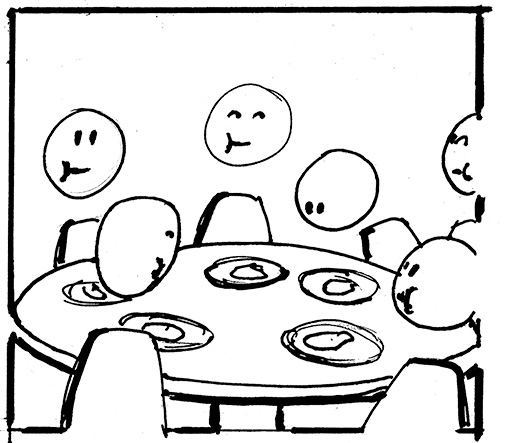
John explains that the meat is synthetic and safe to enjoy.

After the party, John can easily access and scrub off the grill.
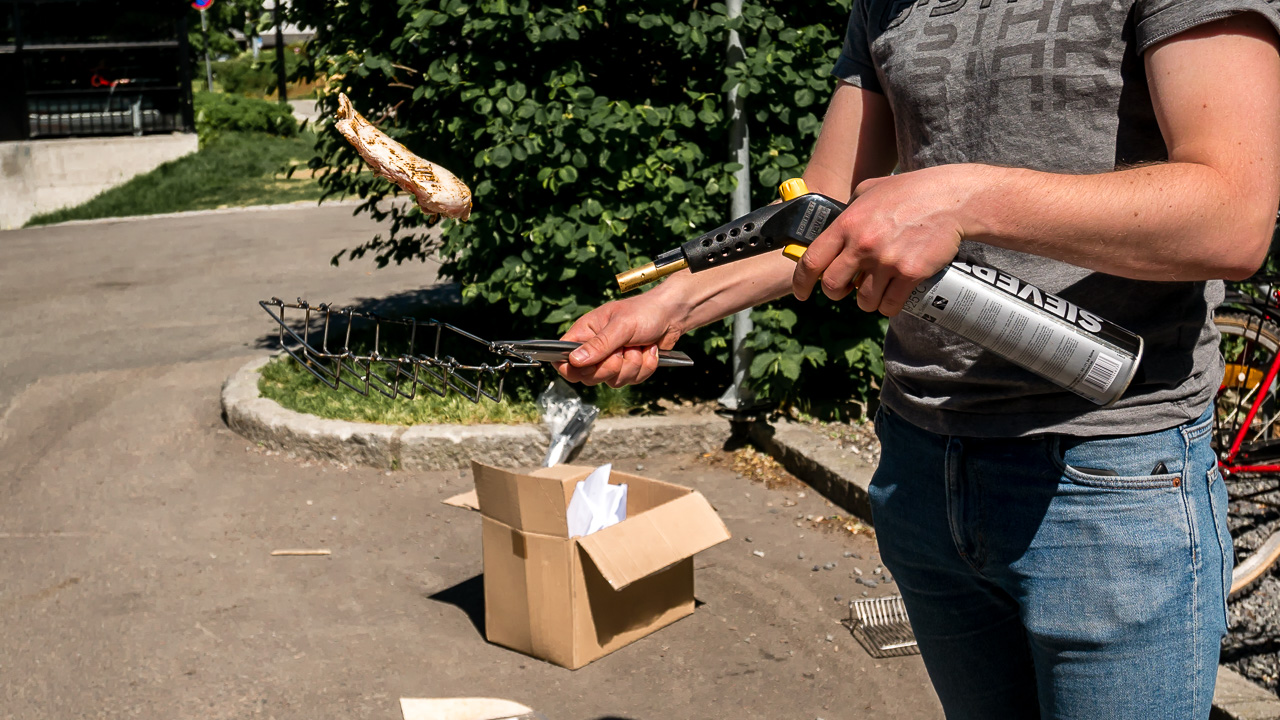
A key moment of the user experience is the act of flipping the fillet after searing the first side. While this operation might be challenging to the user, the apparent risk of failing to catch the fillet acts as an entertaining hook.
